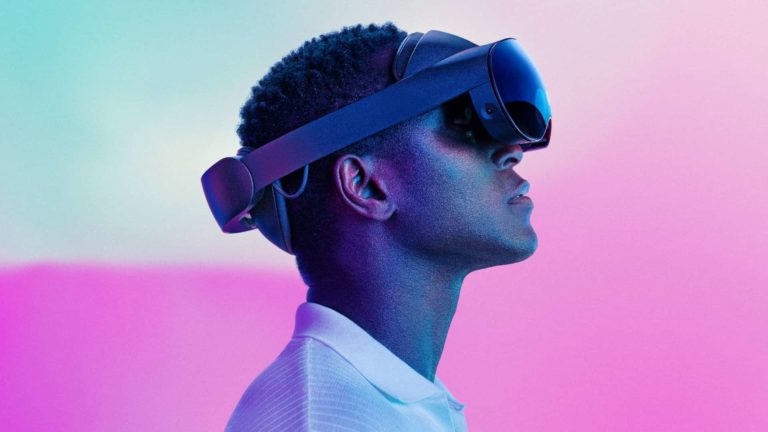
Virtual reality continues to fight uphill battles to gain traction. Its world-changing capacity that was trumpeted throughout its hype cycle in the 2016-2017 timeframe didn’t pan out. But VR isn’t dead….in fact, there are bright spots as the sector moves forward at a moderate pace.
So to quantify the industry today and project forward, ARtillery Intelligence’s VR global revenue forecast does a deep dive on market sizing, growth drivers, and strategic takeaways. Specifically, it projects VR revenue to grow from $8.3 billion in 2021 to $28.8 billion in 2026.
In terms of units, sales are projected to grow from 11.9 million units in 2021 to 32 million in 2026. That equals a cumulative installed base of in-market units – which cascades and builds faster than annual sales figures – of 78 million by 2025. This considers a 3-year replacement cycle.
But what factors are driving these figures? Which players are leading? And what strategic implications do these figures have for VR hardware and software players? This is the topic of the latest ARtillery Briefs episode, with narrative takeaways and the full episode below.
Mainstream-Friendly
Starting with revenue subdivisions, they consist of consumer and enterprise spending, the former leading due to gaming’s dominance. VR has valuable but narrower use in enterprise settings (exception: training) due to immersion that compromises safety and presence.
Another way to subdivide these figures is hardware versus software. The former leads in spending share just as hardware often does in emerging tech sectors as an installed base is established. Over time, software spending catches up and builds on that base with faster buying cycles.
Another question is what’s driving that hardware base? The biggest factor today is Meta’s investment in R&D, content, and hardware itself. The latter is all about Quest 2, which continues to outsell the market, due mostly to its established quality in the standalone VR category.
Another key factor propelling Quest 2’s market share is pricing. Its entry point is a mainstream-friendly (and giftable) $299-$349. As we separately discuss in our consumer VR survey, this is one of the price points at which demand inflects. VR becomes more price elastic above $400.
This is all by design, stemming from Meta’s ability to execute loss-leader pricing. It’s making little to no margin on Quest 2 so that it can get the price down and get more people into VR. That aligns with its longer-term goal of kickstarting a network effect and an early market-share lead.
The World Outside
Of course, there’s a world outside of Quest 2. In fact, there are notable competitors. For one, PSVR remains well-positioned due to Sony’s installed base of 100 million+ PS4s, not to mention the advent of PS5, PSVR2, and a user-friendly price point if you already own the console.
We also see continued work done by HTC to lean into the enterprise (due partly to stiff competition from Meta in consumer markets) with Vive Pro, Cosmos, Focus, and their many variants. HTC has also expanded into the lower and higher ends with VIVE Flow and Pro Elite, respectively.
Speaking of VIVE Pro Elite, it’s joined at the high end by Quest Pro, Apple Vision Pro, and Varjo XR-3. These are outside the price range for most consumers but mark a trend at VR’s leading edge: Passthrough AR. Before AR glasses are consumer-viable, AR is incubated within VR.
In closing, we’ll reiterate that VR isn’t dead: It’s rather in a gradual but meaningful upswing. After a boom and bust cycle, followed by Covid-inflicted supply chain impediments and broader slowdowns, it’s in the midst of a long and steady rebound. This will continue to be a slow burn.
Meanwhile, evolving consumer dynamics and demand signals increasingly align with VR, including demand for gaming and enterprise productivity. As these factors continue to develop, it primes VR to continue chipping away at mainstream comfort levels, traction, and demand.

